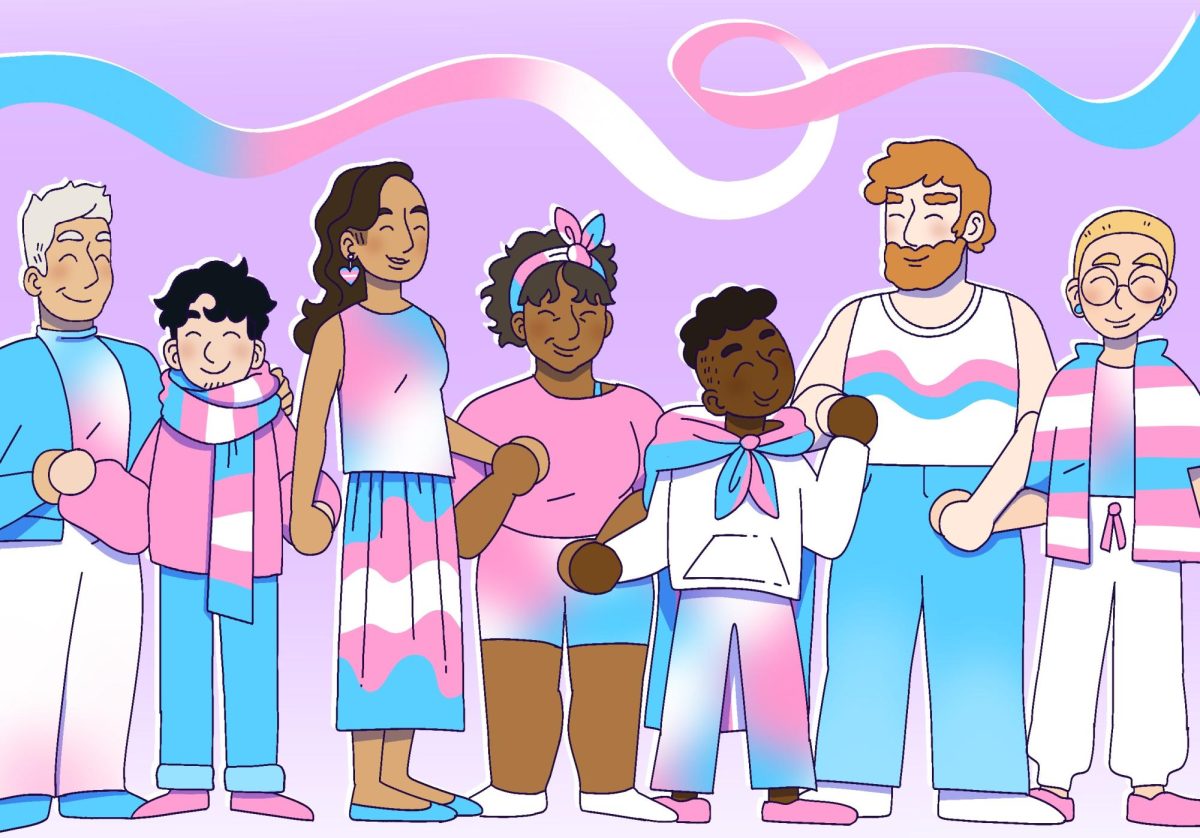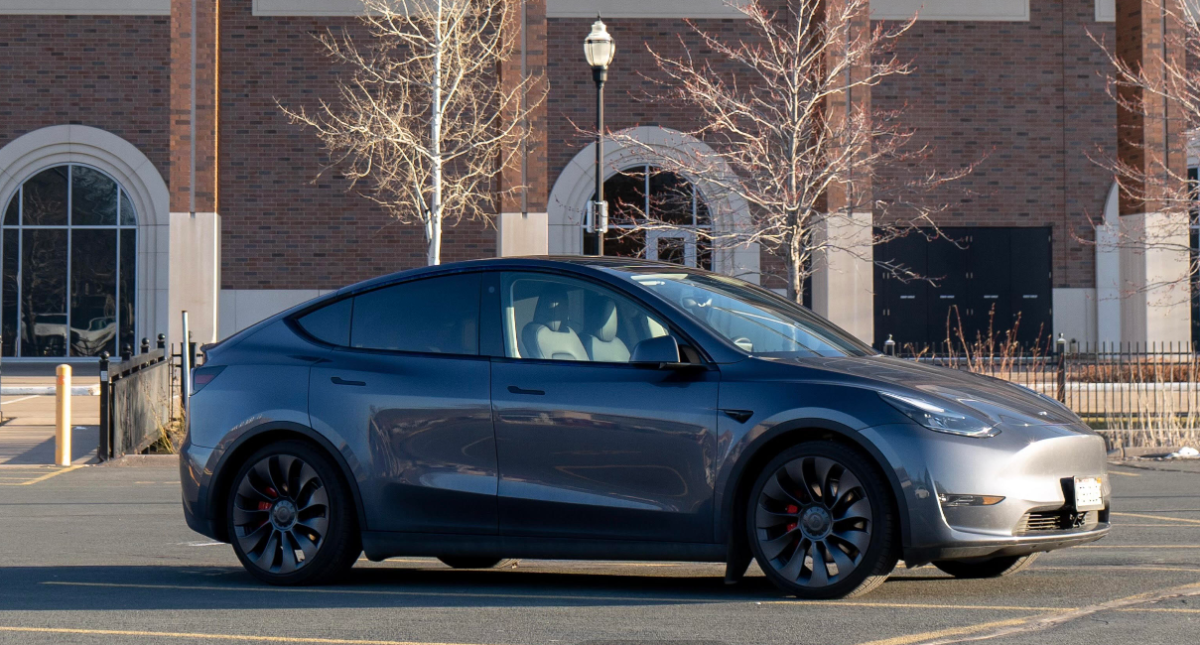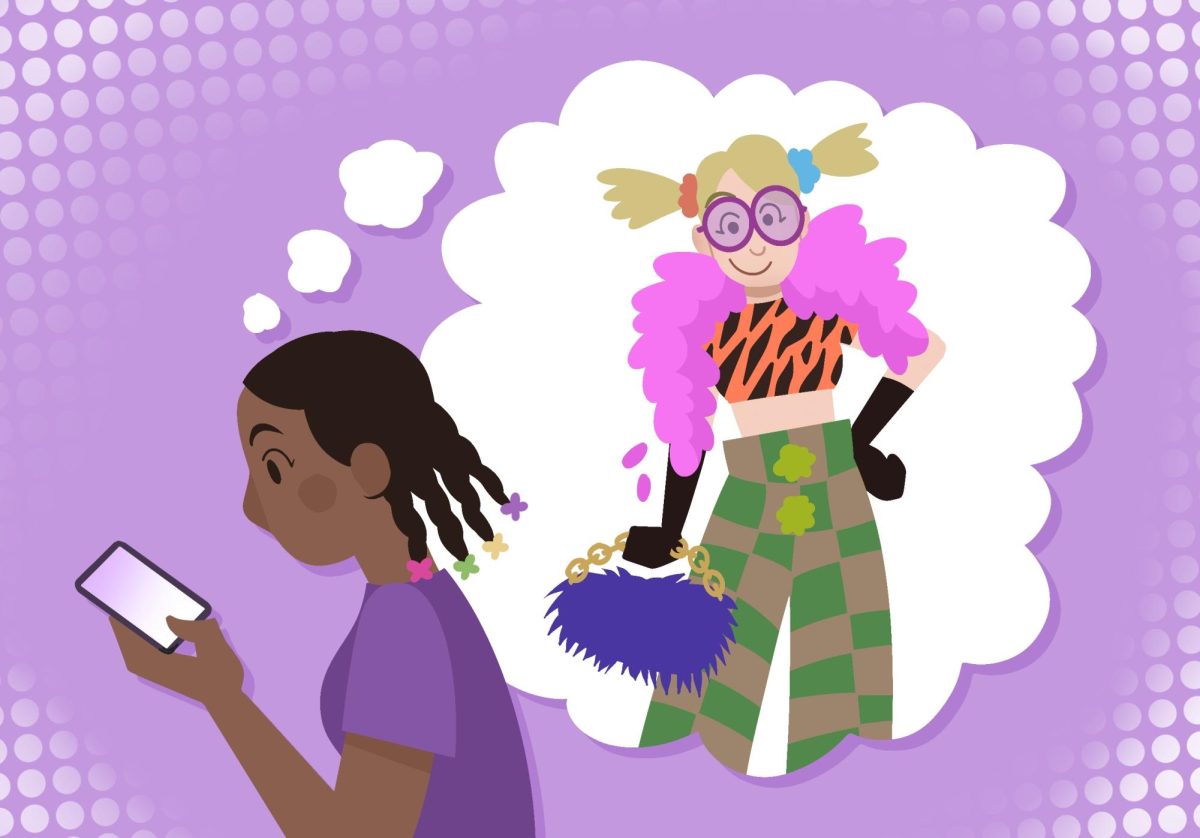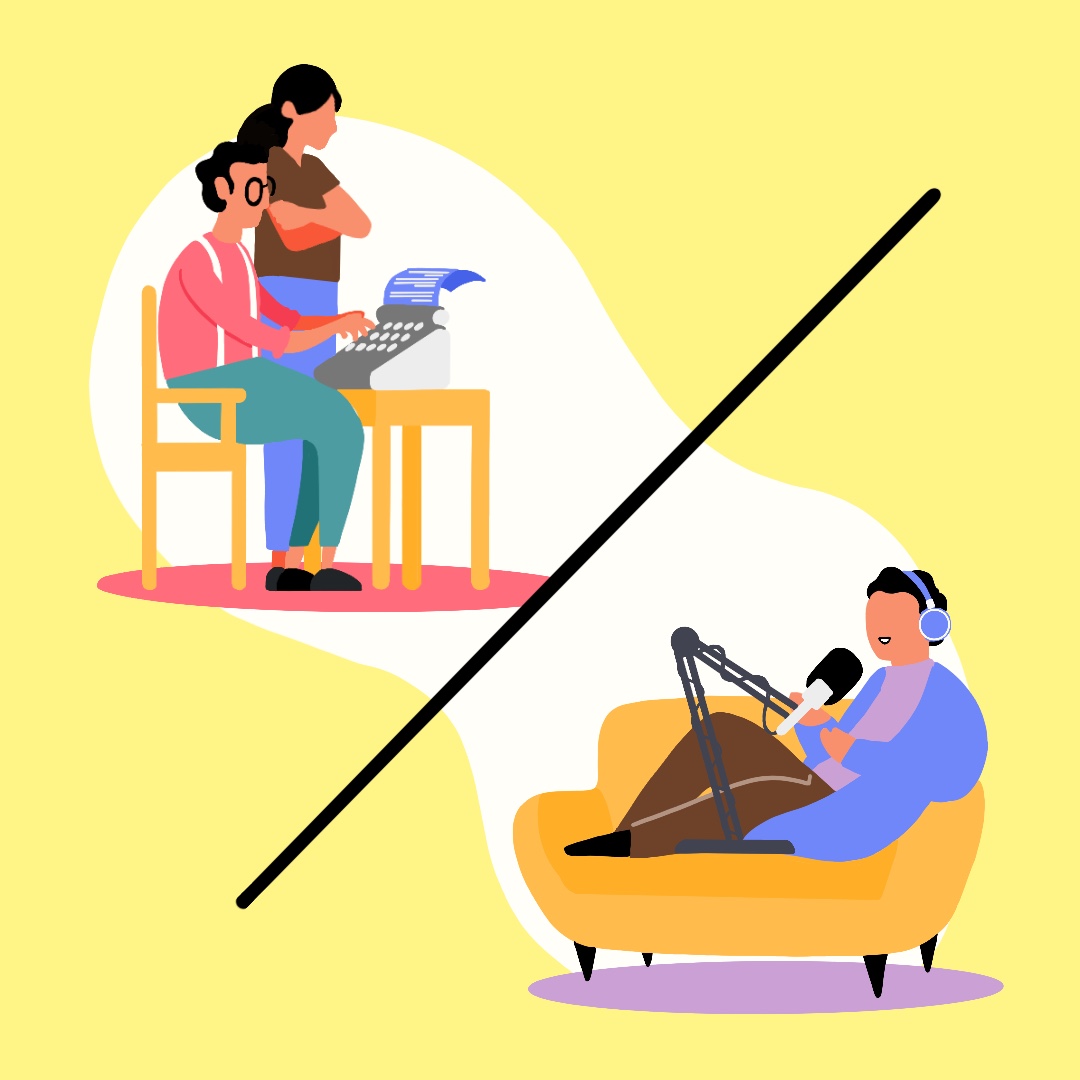Now that the high-profit, revenue-raising fall and winter college sports seasons are over, at teams the University and other schools are turning their attention to next year’s crop of players from high school, newcomers to returning players entering or exiting through the ever-widening transfer portals, and those players on the rosters who have eligibility remaining.
It’s not an easy task to do so and the difficulty is magnified by a transcending feature, NIL, the acronym for Name, Image and Likeness, which has greatly changed the landscape of college athletics by allowing college athletes and high schoolers to receive compensation for use of their NameImages and Likeness was a result of a ruling by the U. S. Supreme Court three years ago in a case entitled NCAA v. Alston. The case eviscerated the long-time restriction imposed by the regulatory National Collegiate Athletic Association (NCAA) as a violation of federal anti-trust law because it constituted impermissible “price-fixing” depriving athletes of their ability to engage in the “free market” to obtain “fair compensation“ for their services.
The Alston ruling has led to a deluge of privately funded “collectives” to gather and dole out NIL money recruiting incoming athletes, lure others from their current teams, or induce them to stay put.
The University of Minnesota is playing catch-up with its “Dinkytown Collective” to compete with some of the powerhouse and wealthy schools and their backers in the Big Ten and around the country, placing the Gopher programs at a serious competitive disadvantage.
With NIL the preeminent factor, coupled with the portals, in college sports these days, here are five suggestions to curb its excesses and make it more equitable and palatable.
1. Who’s in charge here?
The Supreme Court ruling has left the NCAA with sparse regulatory authority and, what it does have, is of dubious legality as lawsuits continue to reject restrictions on player mobility through the portals. Athletic conferences, like the Big Ten and others, are loathe to impose their own constraints for fear of putting themselves or their members at a competitive disadvantage, and the same is true for individual schools as well.
But some entity needs to step in to impose some order on the process because existing structures are incapable or unwilling to control NIL excesses.
2. Transparency
Although money that fuels NIL comes from private sources, it has the heavy imprimatur of the colleges that effectively funnel them to the players and pay for staff to direct athletes to the sources of the emoluments and monitor the programs. Thus, the NIL payments are in essence semi-public funds, at least at public institutions like the University, and the public has a right to know about who is receiving how much from whom for what.
The only type of transparency now is the NCAA rule calling for reporting within 30 days of any transaction in excess of $600. But conferences or individual schools could impose their own measures to provide more meaningful reporting, and it in a state like Minnesota, the Data Practices Act, could be used for the disgorgement of more data on a timely basis.
3. Ceilings
Capping the NIL amounts that players can receive might assure that compensation is disbursed more equitably and with greater inclusivity although imposing ceilings may run afoul of the same anti-trust considerations condemned by the Supreme Court. But there ought to be some creative and lawful mechanisms that could establish some upper limits like some professional sports leagues do so that high-demand athletes don’t end up making more than university presidents, let alone their high-paid coaches.
Alternatively, constraints could be imposed on how much particular businesses could spend during a specified period or on a particular player or team members.
4. Reimbursement
Another NIL curb could require recipients to pay over to their schools for a portion of their intake. It would be reasonable to require NIL recipients to use their NIL money to reimburse their schools for the value of the benefits (tuition, room and board) they have received as scholarships that gave them the opportunity to achieve their NIL fame and fortune.
5. Tithing, Too
Last, but not least, is a proposition that NIL recipients contribute a portion, perhaps a tithe (10%), to their academic institutions for distribution to other teammates who inherently have limited NIL appeal, like linemen in football, reserve players or those in other low-profile so-called “minor,” non-revenue producing sports offering lesser NIL opportunities.
None of these suggestions will curtail all of the excesses and inequities of NIK. But they could provide a more sensible playing field if they can be developed in a way that does not run afoul of the anti-trust rationale of the Alston case that created the current situation.
However, there is a way out: legislation at the federal level exempting certain arrangements or restraints from anti-trust laws, as has been done with some professional sports. But the outlook for any measures seems remote given the current impasse in Congress and the opposition of recipient athletes and their various representatives.
With bleak prospects for reform, NIL is here to stay — and to expand; institutions like the University must adapt to it or get out of the business of big-time college athletics.
Marshall H. Tanick is a University of Minnesota alumnus and a Twin Cities Constitutional and employment law attorney who has represented amateur and professional athletes, coaches and administrators.








